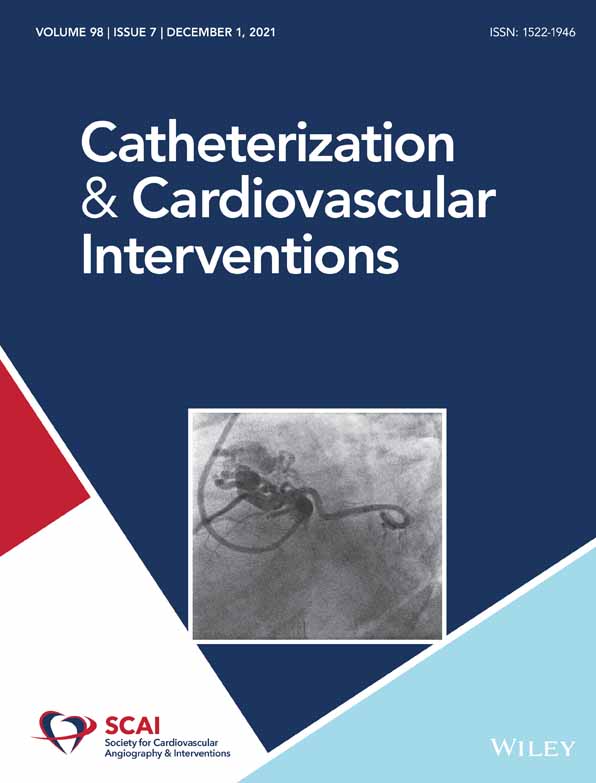Percutaneous closure of a post-surgical ascending aortic pseudoaneurysm with an amplatzer septal occluder device and steerable guiding sheath
Abstract
Thoracic pseudoaneurysm in the ascending aorta is an uncommon condition associated with significant risk of morbidity and mortality. Treatment is recommended in all cases regardless of symptoms as the mortality rate if left untreated has been documented to be as high as 61%. The current standard of care for managing these lesions is open surgical repair. However, this is associated with significant morbidity. In-hospital mortality reported for patients undergoing surgical repair of an ascending aortic pseudoaneurysm ranges from 6.7% to 41%. When anatomically suitable, a less invasive approach using amplatzer vascular plug or septal occluder is an attractive approach. We present a case report of repair of a post-surgical ascending aortic false aneurysm using an amplatzer septal occluder with an Oscor ™ steerable guiding sheath; a novel approach to increase platform stability when engaging an aneurysm neck. Endovascular occluder deployment for closure of aortic false aneurysms remains a relatively novel technique. It is limited by the requirement to develop a stable endovascular platform to deliver the device and avoid system prolapse, particularly when accessing challenging lesions on the inner aortic curvature. We present the first case to utilize a steerable guiding sheath system to improve system stability and facilitate successful device delivery. Given the significant morbidity associated with open repair of these lesions we hope this will further expand the range of lesions viewed as appropriate for endovascular repair.
CONFLICT OF INTEREST
None.
Open Research
DATA AVAILABILITY STATEMENT
Data sharing not applicable to this article as no datasets were generated or analysed during the current study.




